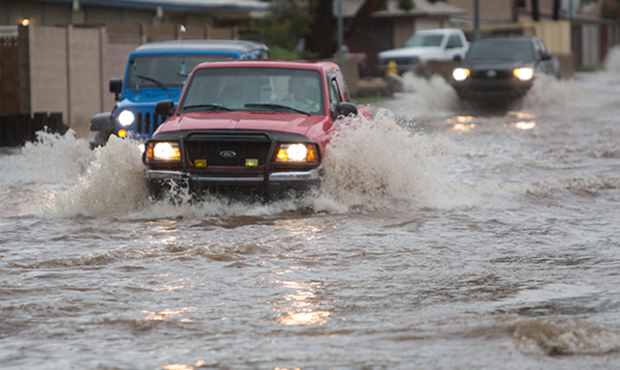There are other simple sampling methods that may be used to supplement volumetric air sampling. Surface samples are taken by tape lift imprint, by swabbing the suspect surface with a culturette swab, or by submitting a bulk sample of the suspect surface. We typically recommend that a direct microscopic examination be performed on surface samples. While culturing a surface sample may help resolve a specific identification problem, used alone such a culture may result in an inaccurate characterization of the surface sampled. A direct microscopic examination of a surface shows exactly what is there, without being affected by an organism’s ability to compete and grow on sampling media.
The primary purpose of a direct microscopic examination of a surface is to determine whether or not mold is growing on the surface sampled, and if so, what kinds of molds are present. Secondarily, most surfaces collect a mix of spores which are normally present in the environment. At times it is possible to note a skewing of the normal distribution of spore types, and also to note “marker” genera which may indicate indoor mold growth.
In addition, when mold growth is present indoors, many more spores of a particular type will be found trapped on surfaces. These spores may be in forms which indicate recent spore release (close proximity), such as spores in chains or clumps. Marker genera are those spore types which are present normally in very small numbers, but which multiply indoors when conditions are favorable for growth. These would include cellulose digestors such asChaetomium, Stachybotrys, and Torula. While a single Stachybotrys spore is occasionally seen as part of the normal outdoor flora, finding 5 or 6 of these spores on a single scotch tape slide of a duct surface is an indicator that Stachybotrys may be growing indoors.
Pros
A direct microscopic examination of a surface shows exactly what is there, without any skewing by laboratory procedures. Surface sampling is inexpensive and (for a direct examination) may be analyzed immediately. Surface sampling may also reveal indoor reservoirs of spores which have not yet become airborne.
Cons
The presence of biological materials on a particular surface is not a direct indication of what may be in the air. Health problems related to indoor microbial growth are generally caused by the inhalation of substantial numbers of airborne spores, sometimes over a substantial period of time (exceptions being, for example, situations involving small children or immuno-compromised individuals).
Visit our website at Biowashing.com








